
About This Quiz
A lot of drivers have brand loyalty when it comes to the cars they like. Some people are maybe hardcore BMW fans or Dodge drivers, but at the end of the day, the two companies that really have some super dedicated and lifelong fans are Ford and Chevrolet. Two of America's oldest and most prolific car makers, Ford and Chevy have been producing cars for over a century and have gone back and forth making the most iconic and well-loved vehicles on the roads. They make cheap compact cars, powerful trucks, intense sports cars and everything in between. No matter what your needs, where you're driving or how you plan to drive there, both Ford and Chevy will have you covered. But that also means they have hundreds upon hundreds of models dating back to the early 1900s. Is there any way you could hope to know them all?
If you're a true car fan and an expert on Ford or Chevy or even both, then there's a good chance you'll be able to tell who made what and which is which. But is there any chance you could get them all? Hop behind the wheel of this quiz and find out!

The Chevy Nova stared life as the Chevy II Nova but eventually ditched that name entirely. It was originally conceived as a simple compact car, but by the mid-'60s when muscle cars were all the rage Chevy began offering it with some serious power like a 324 cu in, V8 engine.

The Ford Mustang is an icon of engineering and was so profoundly impressive it started its own class of automobile - the pony car. Other manufacturers followed Ford's lead, and that led to the Plymouth Barracuda, the Pontiac Trans Am and the AMC AMX among others.

The Chevy Silverado is Chevy's full-size truck that basically competes with Ford's F-150. Produced since 1998, the Silverado and the Silverado HD have sold over 12 million units so far, and they're still in production.
Advertisement

The Ford Taurus was one of Ford's most popular and recognizable models since the mid-1980s. It was in production all the way until 2019 when it was discontinued for the North American market, though it does live on internationally.

From 1959 to 1974, Ford produced the Galaxie. Though there was nothing particularly spacey around the car at all, it got the name "Galaxie" to try to capitalize on the space race in the minds of customers.

The Chevy Chevelle was made from 1964 until 1967. After that year it still technically existed, but was replaced by the Malibu which had been a trim package for the Chevelle in the previous years and just became more popular than the model that spawned it.
Advertisement

The Ford Thunderbird, otherwise known as the T-Bird, was in production from 1955 to 1997 with a short resurrection from 2001 to 2005. The Thunderbird was marketed as a personal luxury car, something that hadn't really existed previously.

Though Ford made the Crown Victoria for the mass market, it had a specific police interceptor model that was targeted to police departments. For a number of years, the Crown Victoria was the police car of choice for many departments around the world.

The Chevy Colorado has been around since 2003, when it replaced the S-10 pickup. It's proven to be a pretty popular model overall and was named Motor Trend's Truck of the Year two years in a row in 2015 and 2016.
Advertisement
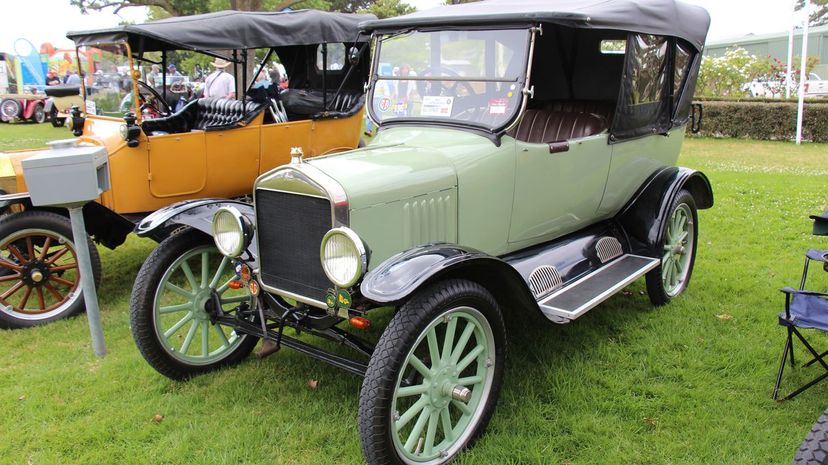
You have to go all the way back to 1908 to find the Ford Model T. It wasn't the first car ever made by a long shot, but it was the first mass-produced and affordable car that regular people could buy, which kicked off the monstrous auto industry as a whole.

Ford's F-Series of trucks have been a phenomenal success. The brand is worth over $40 billion per year to Ford and not only have they been the best-selling trucks in America since 1977, but they're also the best selling vehicles period since 1986.
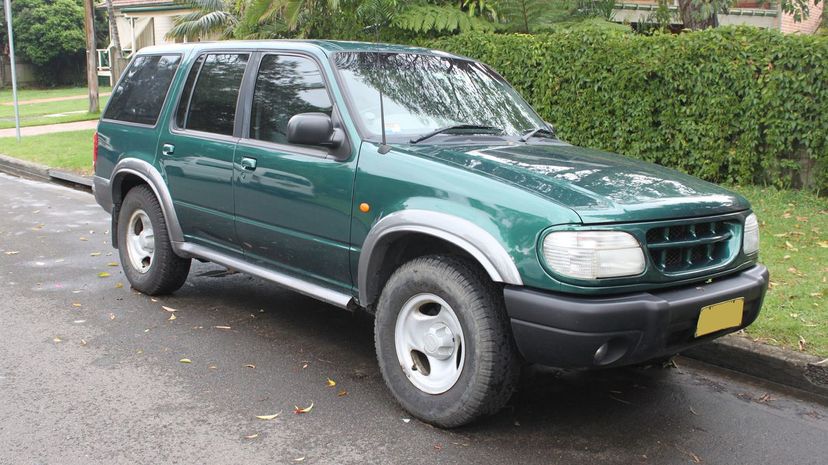
The Ford Explorer replaced the Ford Bronco and has seen use across a broad range of industries as well as for general public use. There's a "Special Service Vehicle" version that's specifically for police, fire and EMS use.
Advertisement

The Ford Falcon was in production from 1959 until 1970. It's notable for using the Peanuts gang like Snoopy and Charlie Brown in its marketing which doesn't sound significant at first but it was actually the first animated appearance of the cartoons ever.

The Chevy Impala has been built for 10 generations in three different production runs that started back in 1958. It's one of Chevy's best-selling models ever. It was also the choice to replace the Monte Carlo for the NASCAR circuit as well back in 2007.

The Camaro was Chevy's answer to the Ford Mustang in 1967, three years after the Mustang first appeared on the scene. It has proven to be as good or better than the Mustang at various times over the years. Only the Corvette has been a pace car more often.
Advertisement

Not many cars get to be as iconic as the Chevy Corvette. In 2019, Chevy introduced the Chevy Corvette ZR1 which is the fastest production Corvette ever made with a top speed of 212 miles per hour.
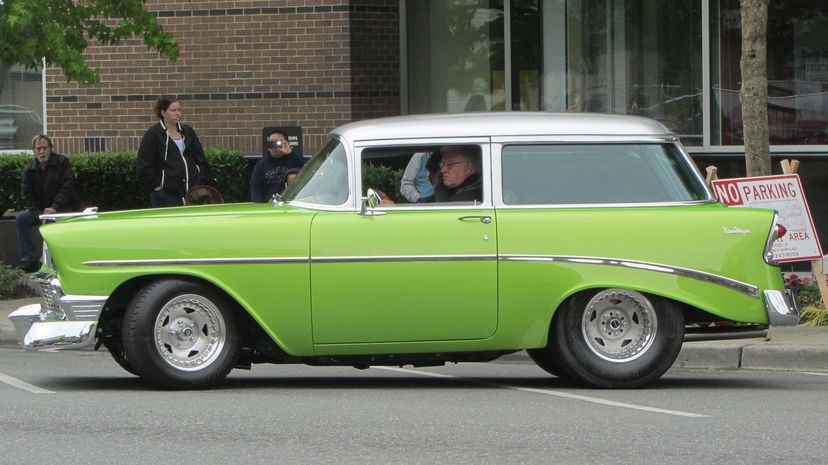
The Chevy Townsman was first made in 1953 and only produced until 1957. It was then resurrected in 1969 until the final production year in 1972. In its original run, it was a massive 8-passenger wagon

Ford was making Broncos from 1965 until 1996. As a two-door SUV, the market kind of declined into the 1990s, before it was replaced by the Expedition in the lineup. That's not the end of the Bronco, however. They're making a return for 2020.
Advertisement

The Ford Pinto is one of the most widely recognized Fords in history, but it's also infamous for the safety issues that led to fuel tank explosions and numerous lawsuits against the company back in the day.

2001 was the first model year for Ford's Escape SUV. It was introduced alongside the exact same vehicle in Japan that was released there as the Mazda Tribute. In Europe and China, it was given the name Ford Maverick.

If the Corvair sounds almost like Corvette it's for a reason, the Chevy Corvair was essentially a mash-up of the Corvette and the Bel Air and the name is a portmanteau of the two other cars. It was available from 1960 until 1969.
Advertisement

The Chevy Aveo, better known in North America as the Chevy Sonic, has been in production since 2002. It's a massively popular model that is actually sold in 120 countries around the world.

The Ford Fusion has been in production since the 2006 model year. In 2007, a fuel cell electric version of the Fusion set a land speed record for electric fuel-cell cars at the Bonneville Salt Flats, hitting a top speed of just under 208 miles per hour. All Fusion vehicles will stop production in 2020.

The Chevy Monte Carlo dates all the way back to 1969. The models back then were massive 17-foot-long land yacht type cars. They had been shrunk down considerably by the Monte Carlo's final production year in 2007.
Advertisement

Ford has produced cars under the name Custom off and on for years. The first time was in 1949 and they ran until 1955. Ford took a break after that and then released a new round of Customs in 1957 for two years. Then they came out again in 1964 and lasted all the way to 1981.

The Ford Fairlane was sold from 1955 until 1970 as a convertible, a hardtop and even a station wagon. It was also the name of Andrew Dice Clay's character in the 1990 movie "The Adventures of Ford Fairlane."

The Ford Raptor has been in production since 2009 and is the high-performance version of the F-Series trucks made by Ford. The Raptor is essentially the street-legal version of an off-road racer.
Advertisement

From 2003 to 2006, the Chevy SSR was available but not a ton of people were buying it. It's generally considered something of a failure in automotive terms, either due to performance issues or the fact it was just kind of ugly by many people's standards.

Chevy's El Camino showed up in 1959 and famously had an open flat bed in the back like a pickup while having the cab section of a typical car. It was essentially a station wagon with the top removed from the back end.

The Ford GT is something of an homage to Ford's legendary GT40, the four-time winner of the 24 Hours of Le Mans from 1966 to 1969. It was the car that finally took down Ferrari in the race.
Advertisement

The Chevy Bolt has a range of 259 miles on a single charge for the 2020 model year. That's pretty decent, but it's still a ways off from the Tesla Model S which has a range of 370 miles on a charge as of 2019.
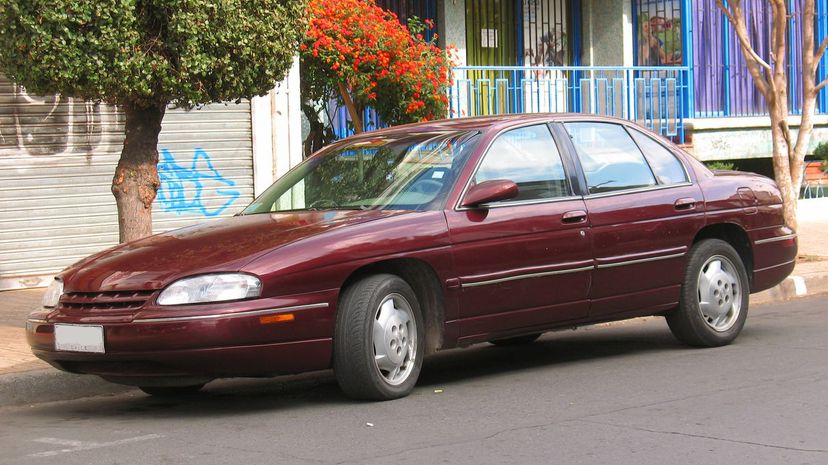
The Chevy Lumina arrived in 1990 to replace both the Celebrity and the Monte Carlo. By 2001, it too was gone to be replaced by the Impala. For a while, there was also a Lumina minivan as well as the sedan.

Since 2004, Chevy has been producing the Equinox. Back in 2008, you could get a special Olympics edition of the Equinox called the Team Canada Edition with a special trim package that included chrome wheels and special badging. They were only sold in Canada, though.
Advertisement

The Chevy Malibu started life as the Chevy Chevelle Malibu for several years until the Malibu trim package proved so popular it became it's own model and replaced the original Chevelle entirely.

This one goes way, way back in the vault. The Ford Quadricycle was the first vehicle that Henry Ford ever made back in 1896. It featured a gas-powered engine and bicycle wheels. Ford sold it for $200. That'd be only $6,000 or so today.
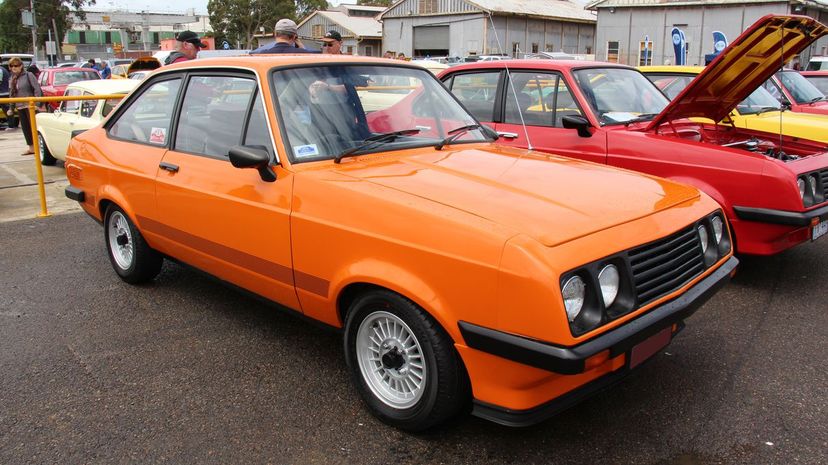
The Ford Escort was made in North America from 1980 until 2003. In Europe, there had already been a Ford Escort in production since 1968, and it was a compact car as well but the two didn't look all that much alike.
Advertisement

The subcompact Chevy Vega was introduced to compete with similar models like the Ford Pinto and the AMC Gremlin. Even though it made Car of the Year that first year, it went on to have a whole host of issues, not the least of which was that Chevy didn't cover the whole car in primer when it was manufactured so it would rust out extremely fast.

The Ford Country Squire was the innovator of the "woody" design in which wood paneling was used on the side of the station wagon. Though Ford made models that looked like they were wood-paneled for years, only the 1950-51 models were made of legit wood.

The Chevy Series C Classic Six was the first car produced by Chevy way back in 1913. It could be considered an equivalent to Ford's Model T but it was produced several years later.
Advertisement

The Chevy Bel Air was one of those classic, huge convertibles with the big fins back when it appeared in the early 1950s. It vanished in 1975 in the US but managed to survive for another 6 years in Canada.